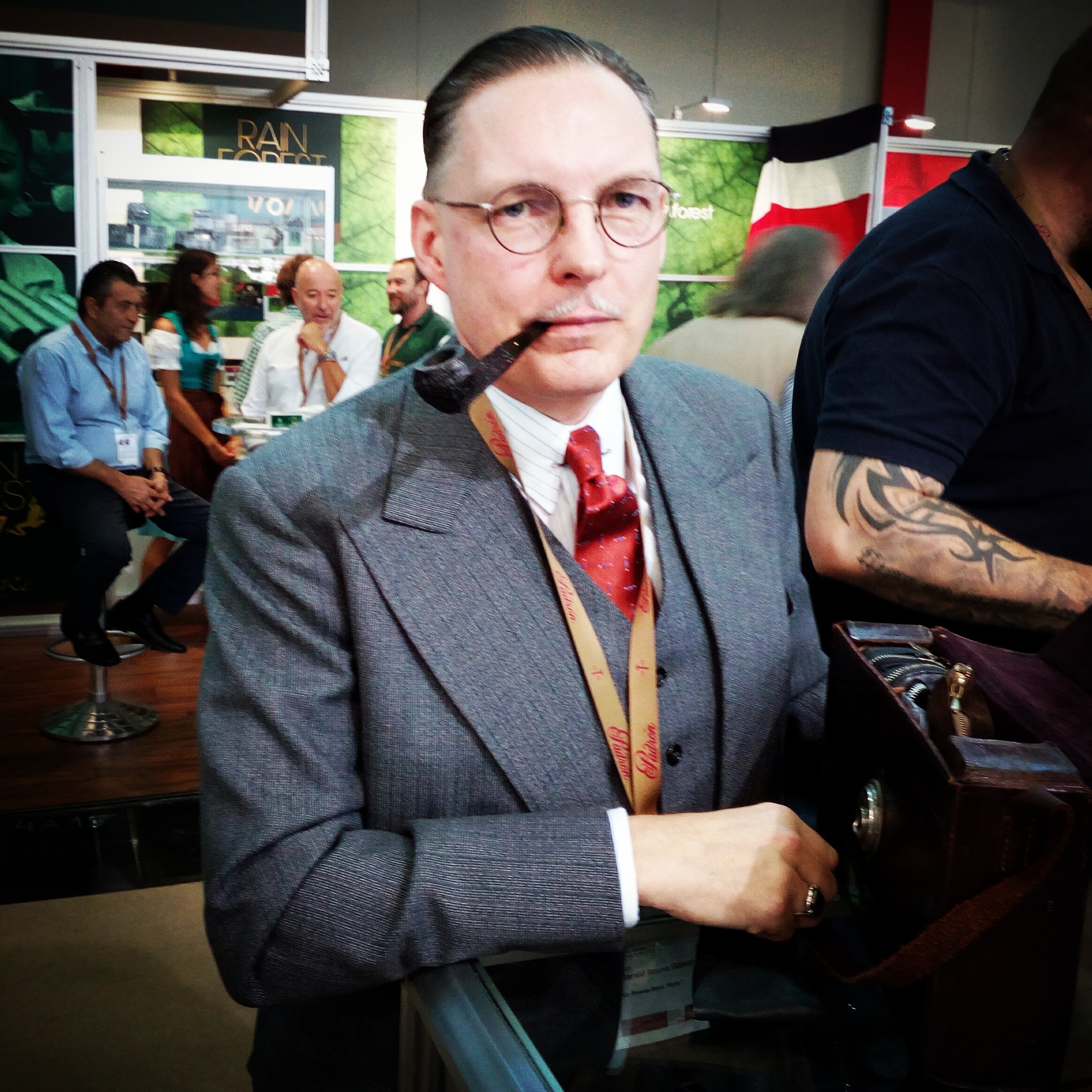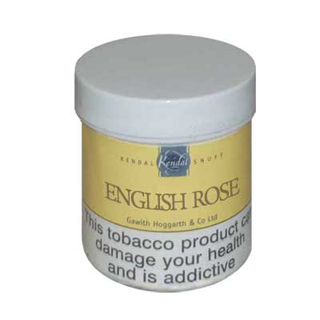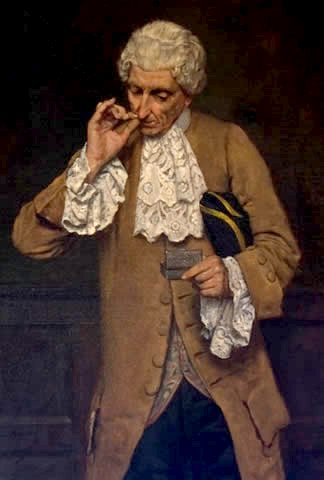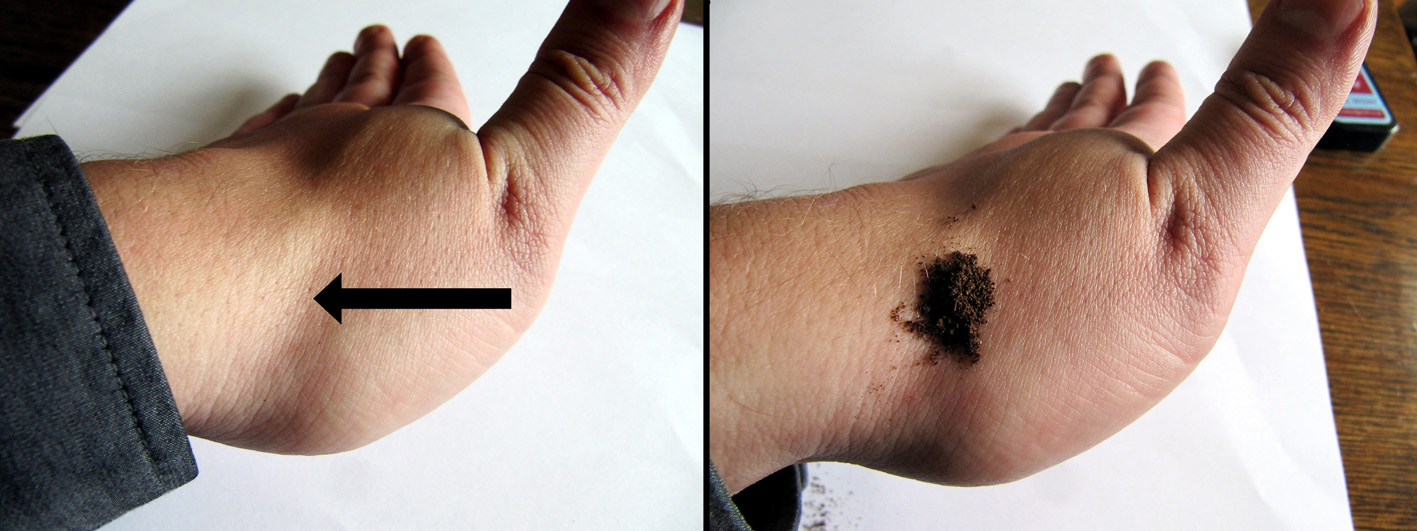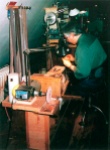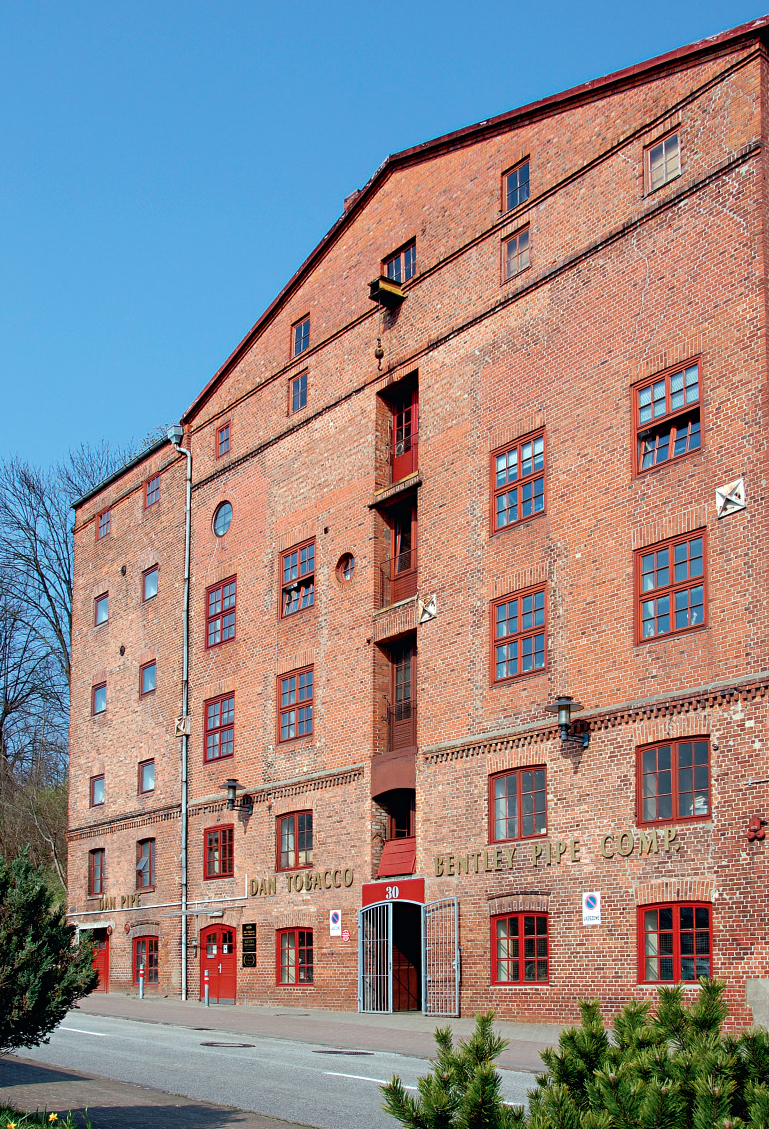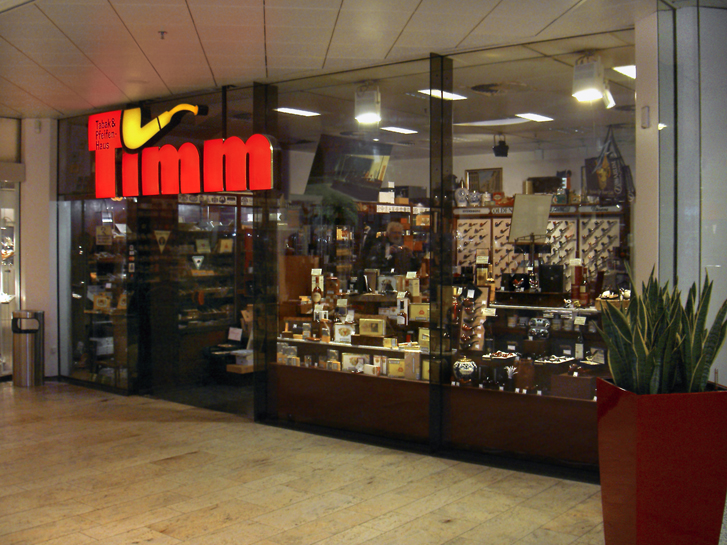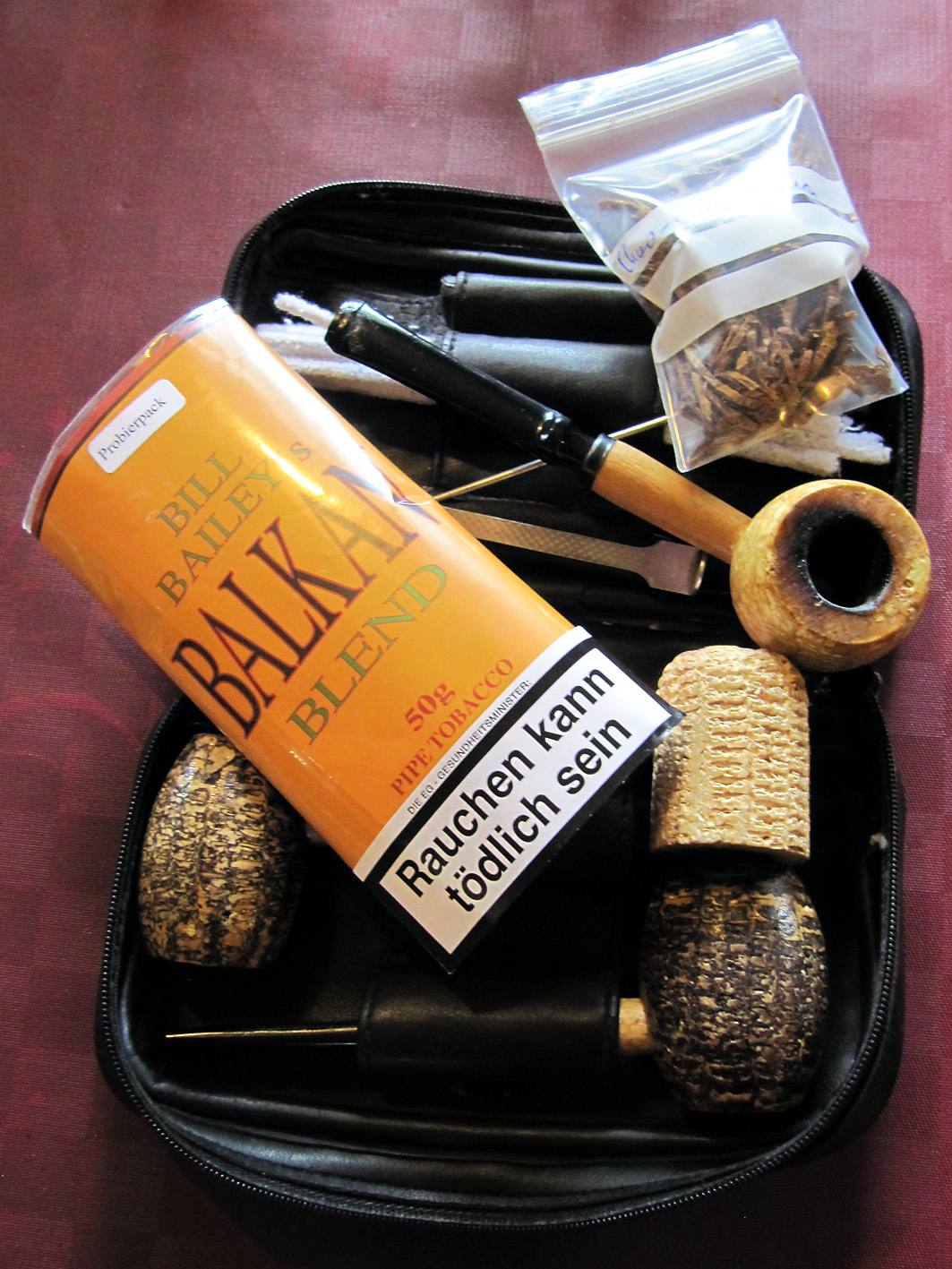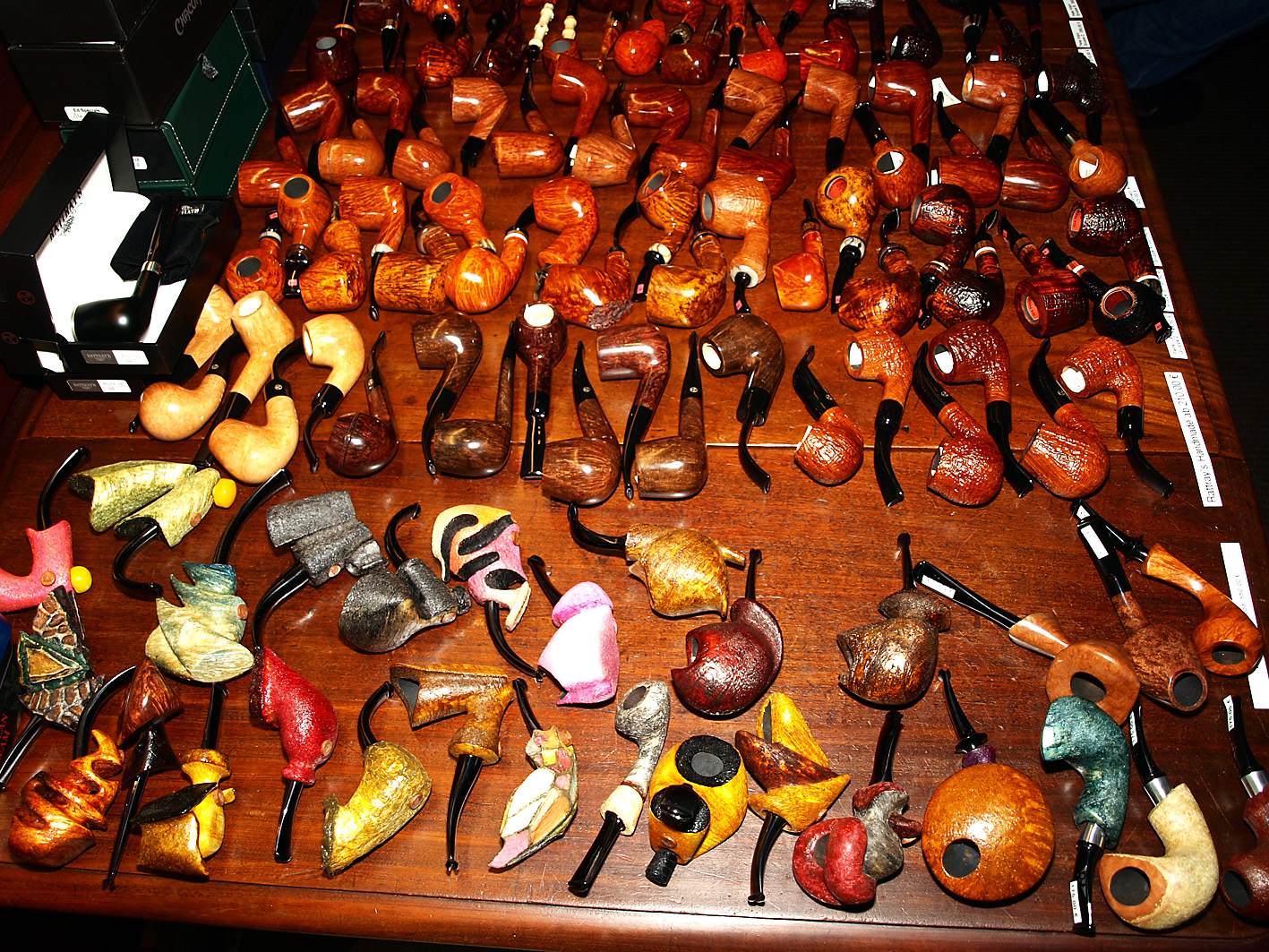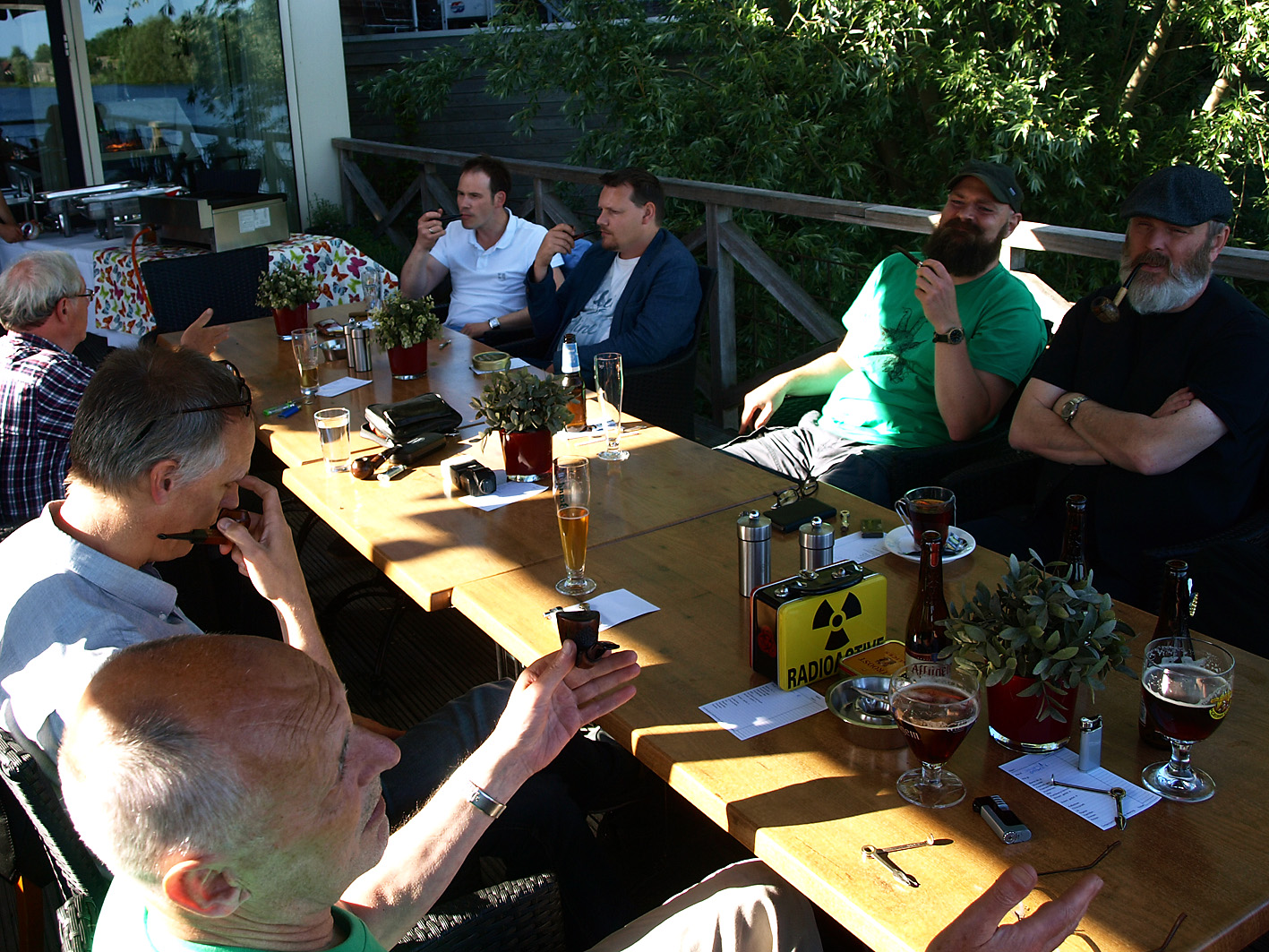September 23th it was once again time for one of my annual highlights: The Inter Tabac fair in Dortmund. For those of you who missed the blogposts I made of the visit the last couple of years; the Inter-Tabac is the leading and biggest trade fair of the world for tobacco products and smoking accessories. This year 12,500 folks from all over the world visited the Inter Tabac. With halls 2 to 8 from the Westfalenhallen the fair occupied the largest space in its history. 560 exhibitors (also from all over the globe) presented trends and innovative tobacco products. This included cigars, cigarillos, cigarettes, E-cigarettes, E-pipes, E-shishas, smoking accessories, pipes, pipe tobacco, shishas, shop equipment and spirits. Unfortunately the fair is for retailers, not for consumers. Like the previous years I was able to secure a ticket through Fred. The saying goes, the more the merrier, so (with approval of Fred) I invited Pascal, who is an enthusiastic pipe-smoker and also a member of the Dutch/Belgian Pipe Smokers Forum.
Early in the morning I picked him up from his AirBnB in the village where I live and together we drove to Germany. After a pleasant ride with a lot of talking we arrived at the Westfalenhallen. A renovation was going on there so instead of the main entrance we had to go to a smaller one. Fred texted that he was in a traffic jam so he was a bit later. “You know what, let’s head to the stand of Dan Tobacco Manufacturing (DTM)/Dan Pipe, they have coffee.” I said to Pascal once we were inside. When we got there the DTM management was in a meeting but I managed to greet Andreas (Mund, master-blender) and the lovely daughter of managing director Heiko Behrens. Like last year she recognized me, more or less. “I know you, right?” She asked. “Yes you know me” I answered.
Unfortunately they were too busy to offer us some coffee but Herr Behrens quickly gave us both a tin of Peter Rasmussen Green Label. A smooth, flavourful but a bit unremarkable blend in my opinion. My attention focused more on a big beautifully labelled jar with in it a new mixture: Fred the Frog. Rich matured Virginia, perique and black cavendish with a soft touch of English taste in the background are combined in a cube cut, loose cut and ready rubbed mixture. A really palatable casing with sweet liquorice is added to provide a full-bodied but nicely smooth smoking – natural tobacco taste. I smoked it and I have to say yummie, good stuff! Indeed mostly a natural tobacco taste and those cube cut pieces look really nice. I think some tins are going to find their way into my tobacco-closet. Once again quality stuff from DTM! By the way, just as I was sniggering a bit about the blend name “Fred the Frog” with Fred in mind (he does have some little frog-like features) the man himself found us and we were complete.
But we still did not have any coffee.. “Let’s go to the Scandinavian Tobacco Group stand, maybe we have better luck getting some dark liquid there.” I said. And indeed, we had barely entered the booth and a friendly young lady asked if we wanted a cup of coffee. Yes please! Pascal is a huge Poul Winslow fan so when he was sipping from his cup I whispered “Look behind you..” Lo and behold, it was the famous Danish pipe-maker himself. Pascal turned around, grabbed his (Winslow) pipe, walked to Poul Winsow and blurted: “HelloMrWinslowIamahugefanofyoursIloveyourpipes!”. Mr Winslow thanked Pascal with a smile and I asked if it was ok to make a picture of the both of them. “Of course, put it on Facebook, social media, whatever” Mr Winslow said. For the rest I noticed at the STG stand that a brand was missing that was there the other years: Butz Choquin. No idea where they had gone to.. So there was more room for Peterson, but not much new there. Except that they now also had (ground) coffee! I kid you not ladies and gentlemen.
As with the other years the large stand of Kohlhase & Kopp was pretty busy. No one of the staff bothers making contact with you but that is ok, makes looking around easier. Not much news here, except for the seasonal tobaccos in their beautiful tins. I wanted to take a better look at one but it was glued to the shelf! In fact everything was glued to the shelf. I guess people in the past have nicked some tins to complete their collection or so.. Some of the Rattrays pipes looked nice, I still love their Old Perth cutty line.
 The stand of Vauen was close-by but when we got there I saw something weird. Something I had never seen before at the booth of a tobacco pipe company. Something with long hair, curves, sensual smile and a cleavage. It was a female promotion model! Complete in German dress with an Auenland pipe and some tobacco samples. To be honest I admit with some shame that I can’t remember what she said about the tobacco, my eyes and mind were a bit elsewhere.. Pascal wasn’t stunned, quickly stood beside her and hissed “Take a picture!” to me. What was new at Vauen were some Medwakh pipes. Some years ago I encountered a Medwakh vendor with Fred so I knew what they were. Basically just one-quick-shot-of-nicotine devices. Then they costed a few dollars but these were pretty damn expensive. Vauen also has pipes from which the bowls can turn, the Spin. I grabbed one of those, turned the bowl and to my horror had it loose in my hand. Oooh sh*t! I thought I had wrecked the pipe! Until I discovered that the parts of the pipe were connected by magnets.. *Phewww!!*
The stand of Vauen was close-by but when we got there I saw something weird. Something I had never seen before at the booth of a tobacco pipe company. Something with long hair, curves, sensual smile and a cleavage. It was a female promotion model! Complete in German dress with an Auenland pipe and some tobacco samples. To be honest I admit with some shame that I can’t remember what she said about the tobacco, my eyes and mind were a bit elsewhere.. Pascal wasn’t stunned, quickly stood beside her and hissed “Take a picture!” to me. What was new at Vauen were some Medwakh pipes. Some years ago I encountered a Medwakh vendor with Fred so I knew what they were. Basically just one-quick-shot-of-nicotine devices. Then they costed a few dollars but these were pretty damn expensive. Vauen also has pipes from which the bowls can turn, the Spin. I grabbed one of those, turned the bowl and to my horror had it loose in my hand. Oooh sh*t! I thought I had wrecked the pipe! Until I discovered that the parts of the pipe were connected by magnets.. *Phewww!!*
In what I always call “The Italian corner” (in fact the Italian row) with stands of several Italian pipe-makers we first stopped at Castello. I don’t have a pipe of that brand (in fact I don’t have any Italian pipes) but I always wanted one. Only thing was most of their shapes are not really to my taste. Until I saw a table with some pipes displayed on it. Between them was a stunning army mount Castello Sea Rock prince. I immediately knew, whatever the cost, I must have that pipe! Every pipe-smoker will recognize this feeling. But the Inter Tabac is for retailers, not customers. I tried to use my considerable charm (*coughs*) to persuade the Castello salesman but to no avail. Fred also could not help me, if I wanted the pipe I had to buy 11 other Castellos. Unfortunately way above my budget..
One of the mandatory stands I had to visit was that of Samuel Gawith/Gawith & Hoggarth. As soon as we came near Bob (Gregory) spotted me and pulled a tired face and made go-away gestures. British humour at its best. Of course we greeted each other warmly. Bob and I know each other from the PRF forum tobacco Flatlander Flake that he and I created. “Do you already have a smoke?” was the first thing he asked while pushing a tobacco tin towards me. At that moment I was pipe-less so I said “Do I look like I am having a smoke??” He grinned while I filled up my pipe. “How did it go with Flatlander Flake, did you sell everything?” Bob asked. I happily answered that all tins were sold.
 I also had a question, on earlier meetings Sergeant Matron of the KPC gave me some Gawith & Hoggarth Balkan Flake. I really grew to like it but I can’t get it. English tobacco shops don’t send it abroad and in the USA they don’t have it. So I explained that to Bob and asked if perhaps he could convince the USA-importer to add it to their range of tobaccos. “Arno, when you are here you always present me problems. Which I solve, I am a problem solver. What is your address again, I’ll send you some.” Don’t let him know but I could kiss him right then. After all that he had done regarding the forum tobacco I could not leave him with empty hands. There exists a picture of Bob while he is on holiday while showing off his very hairy chest. So I made a label from it and put it on a large beer bottle which I gave him.
I also had a question, on earlier meetings Sergeant Matron of the KPC gave me some Gawith & Hoggarth Balkan Flake. I really grew to like it but I can’t get it. English tobacco shops don’t send it abroad and in the USA they don’t have it. So I explained that to Bob and asked if perhaps he could convince the USA-importer to add it to their range of tobaccos. “Arno, when you are here you always present me problems. Which I solve, I am a problem solver. What is your address again, I’ll send you some.” Don’t let him know but I could kiss him right then. After all that he had done regarding the forum tobacco I could not leave him with empty hands. There exists a picture of Bob while he is on holiday while showing off his very hairy chest. So I made a label from it and put it on a large beer bottle which I gave him.
 Talking about beer, suddenly we heard loud noise coming from close-by. It was German music coming from the big stand of Pöschl. Men and woman in traditional clothing were singing and tapping large 0.5 litres pints of beer for everyone who wanted. Well, we sure were interested to say the least! In no time Fred had secured some golden liquid for us. Prost! Afterwards we went for something to eat. Food and drinks are terribly expensive at the Inter Tabac so after all these years I know that I have to pack my own lunch: cheese sandwiches.
Talking about beer, suddenly we heard loud noise coming from close-by. It was German music coming from the big stand of Pöschl. Men and woman in traditional clothing were singing and tapping large 0.5 litres pints of beer for everyone who wanted. Well, we sure were interested to say the least! In no time Fred had secured some golden liquid for us. Prost! Afterwards we went for something to eat. Food and drinks are terribly expensive at the Inter Tabac so after all these years I know that I have to pack my own lunch: cheese sandwiches.
Since August I am also active on Instagram. Photography is something I love to do (not that I am any good..) and I can share things that I and perhaps other people like more easily. Soon I struck up a friendship with a German there called vintage_briars, real name Bruno. As his Instagram name says he loves vintage briars but besides that he has a passion for all things coming from the beginning of the last century. Bruno also went to the Inter Tabac and we decided to meet each other at the DTM stand. I recognized him first, not difficult because he dresses and looks like an gentlemen. And behaves like one I discovered. We had a very pleasant (but too short) talk about the stunning old Dunhill patent era pipes he had brought with him and other things. We made a promise to meet each other another time.
After that it was on to the stand of mighty MacBaren. We were greeted by well known product manager Per Jensen. My first question was what was new at MacBaren, well, not much. Only some new Amphora blends, undoubtedly fine mixtures but a bit too sweet for my taste. Also I asked Per about their website, which is offline for quite some time now. New EU tobacco legislation he grumbled, you may have a website as an online tobacco seller, but not as a tobacco manufacturer. Which is kind of strange because the websites of other European tobacco manufacturers are still functioning..
Earlier this year I posted an update about Syrian Latakia, specifically HH Vintage Syrian, in my corresponding blogpost. As you can read I had a bit of an discussion with Per about the subject. As soon as I mentioned it to him at the Inter Tabac I could sense him tightening up a little bit. Per is and always will be a true gentleman so he will never use harsh words but let’s say a good discussion followed. He ended with “In 2006 I created the blend and in 2018 I will take it to its grave. Not many tobacco makers can say that!” In fact the last batch has just left the factory. The follow up to HH Vintage Syrian is already known: HH Vintage Latakia. And I am glad they follow it up, MacBaren does not have that much latakia blends so.. “We had to use way less Cyprian latakia in this one because as you know it is more assertive as Syrian taste-wise.” Per said, and gifted me a tin. Thanks Per!
Before I went to the Inter Tabac I already had made an appointment with Elbert Gubbels (Big Ben, Hilson, Bentley etc.). I know that he is always very, very busy at the fair but I had to speak with him about some things. But first I had a present for him. Elbert has done an enormous amount of work to get Flatlander Flake to The Netherlands. The troubles and sh*t he went through, pffff… So I also had a beer for him: Doorzetter bier (go-getter beer) which he very graciously accepted.
Then it was time to talk a bit of business. Of course I am already thinking about the next forum tobacco and I also have in my head who has to produce it: J.F. Germain. I have a “connection” with director Robert Germain and some time ago I already asked him if he was willing to produce a small batch of forum tobacco, and he was. Only problem is getting it legally in The Netherlands. This is where Elbert comes in, he already imported Samuel Gawith so why not Germain? I spoke with Elbert about this, importing Germain tobaccos, explaining that they are of superb quality. The Samuel Gawith blends are selling well so there is a good chance Germain mixtures also will sell well. Elbert absolutely was interested. He is busy with a new range of Big Ben tobaccos but they are all sickly sweet (his own words) aromatics. So a line of really superb quality blends, very interesting. Somewhere next year I will talk further with Elbert about this.
On an island in one of the halls were several pipe-makers and a tobacco manufacturer together. The latter being Cornell and Diehl. They had the same small desk as last year and I had the feeling that not much was going on. Such a great brand with wonderful tobaccos but they can’t crack Europe. I think it is the prices. For example, in Spain they have C&D (and related brands) but the price difference between normals brands (± €9,-) and C&D blends (± €25!) is just way to large. At least I heard that the upcoming FDA regulations have been postponed to 2021! Also I was able to get a sample of the new GL Pease Stonehenge Flake, no Lakeland drama, excellent smoke! Talking about GL Pease, Greg, if you are reading this, come to the Inter Tabac next year, I’ll buy you a beer!
On the other side of the Island were several pipe-makers such as Michal Novak, Mr. Brog and Peder Jeppesen of Neerup Pipes. Pascal is also a huge fan of Neerup Pipes, actually he had just bought a new one. But, when he puts a filter in the pipe (which I already don’t get, why filter a good smoke, you don’t see me filtering a good steak for example) the mouthpiece is just a little too short. Peder looked at it but he could not help it. “Some filter-brands are slightly larger than other..”
We saw most of the pipe related stands, Fred had to go elsewhere so Pascal and I went to the e-smoking and shisha halls. But before that we bumped into a boot with all kinds of snus tobacco. “Have you ever tried it?” I asked Pascal. “Ehrr, no.. And I am not sure if I ever want to try it..” “Ah come on, you only live once, here is some that should be not too bad, lots of menthol.” “I’ll put it in my pocket and try it later ok?” “No, later never comes, you and I do it now.” So we put some between our gums and cheek. It was not bad! The first couple of minutes.. Then our gums and cheeks burned so hard we spew out the snus.. Pascal also had never smoked a shisha before. It was damn busy in the hall (lots of young people!) but at a stand we found a spot where we could try some. A friendly Spaniard helped us, we told him that we were pipe-smokers at which he smiled. “Not too long ago I tried my first pipe with some Dunhill blend, can’t remember which one but it tasted a bit smoky, loved it!” The flavour of the shisha I smoked I also loved, despite it being the weirdest taste I ever had: peanut butter! Pascal had a menthol flavour and he liked it pretty much.
At the end of the afternoon my feet were killing me, I think we walked kilometres through all the halls, time to go. Not home (yet), but to the Greek restaurant in Herne, El Greco, where we go every year. Sadly the friendly curvaceous waitress was not there, but the food was good as ever! A lot and compared to The Netherlands pretty cheap. To top it off we got 2 coffee from the house, Ich liebe Deutschland! The way home went smooth and I dropped Pascal off at his sleeping address. It was another great day and I want to thank Fred and Pascal for their company.








